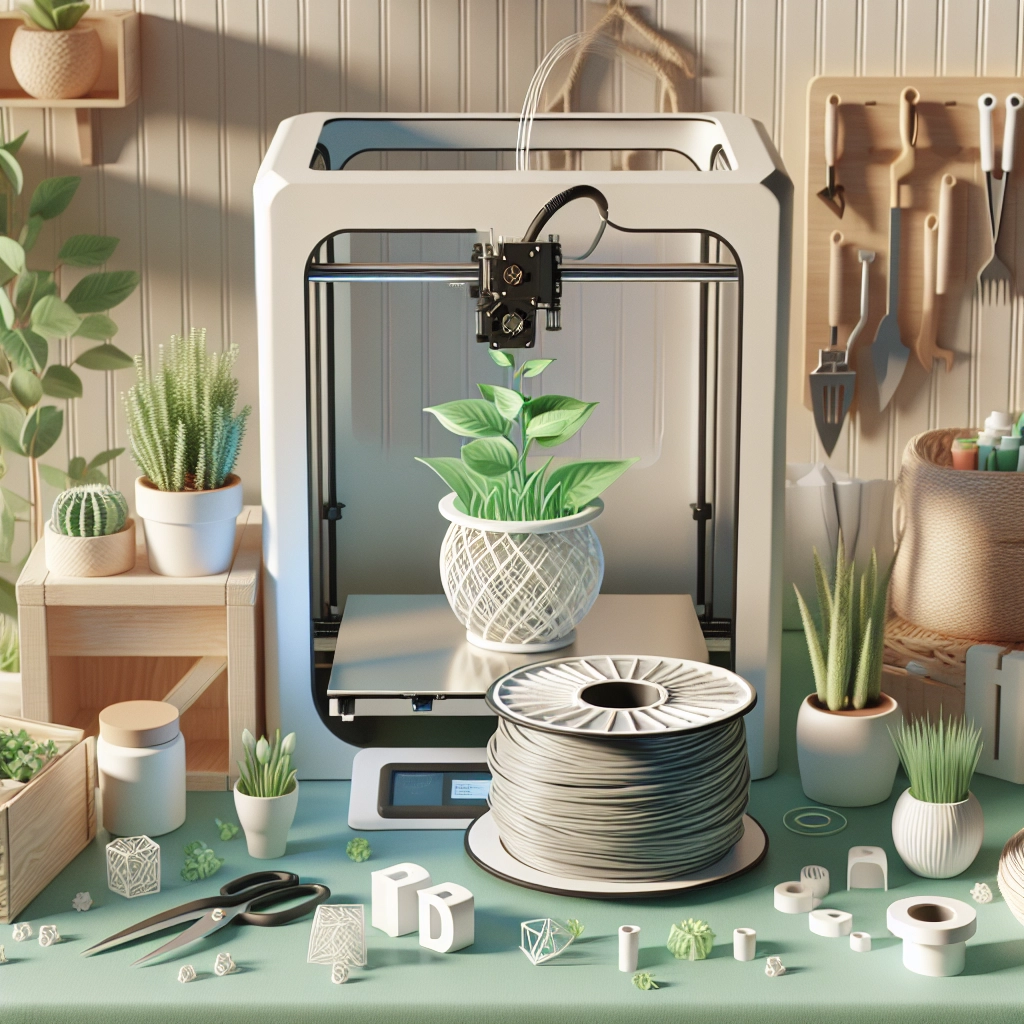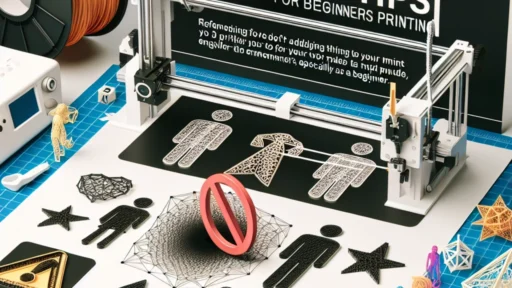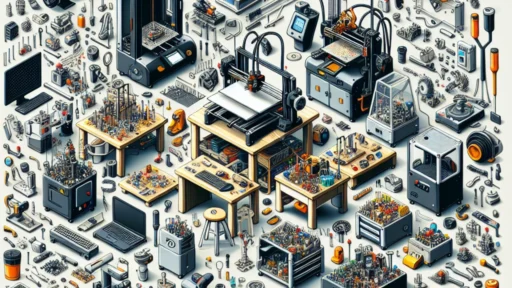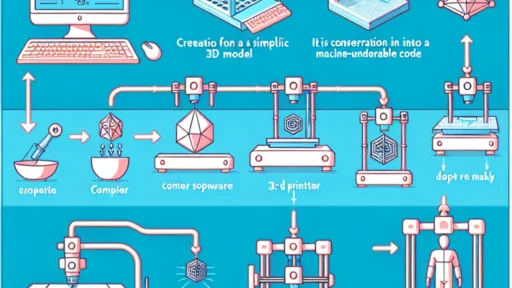Eco-Friendly 3D Printing: Sustainable Filament Options
In the ever-evolving world of technology, 3D printing has made waves in countless industries—hobbyists crafting intricate designs in their garages, engineers prototyping cutting-edge components, and medical professionals creating life-saving devices. But, while this innovative process opens the door to endless possibilities, it also raises an important question: How can we make 3D printing more environmentally friendly? The answer lies in the materials we use, specifically sustainable filament options.
What is 3D Printing Filament?
Before diving into eco-friendly alternatives, let’s quickly cover what 3D printing filament is. It’s the material used in 3D printers to create objects layer by layer. Most commonly, you’ll encounter plastic-based filaments like PLA, ABS, and PETG. However, traditional plastics present challenges when it comes to environmental impacts—think waste, pollution, and the significant use of fossil fuels in their production.
The Case for Sustainability
As awareness about climate change and plastic pollution grows, many have begun seeking sustainable practices in all areas of life, including 3D printing. Opting for eco-friendly filaments not only helps reduce waste but also supports economies that prioritize sustainable practices. So, what are the best sustainable filament options out there?
PLA: The Go-To Eco-Friendly Choice
Polylactic Acid, or PLA, stands out as one of the most popular eco-friendly filament choices on the market. It’s biodegradable and made from renewable resources like corn starch or sugarcane, making it a fantastic alternative to traditional plastics. PLA produces minimal fumes when printed, making it a preferred choice for both hobbyists and schools.
Keep in mind, though, that while PLA is biodegradable, it requires specific industrial conditions to break down efficiently, so in a home compost heap, it may not disappear as quickly as you’d hope. Still, the reduction in petroleum-based plastics is a step in the right direction.
PETG: Recyclable and Versatile
Another sustainable option is PETG, or glycol-modified polyethylene terephthalate. This thermoplastic is known for its strength and durability, making it an excellent choice if your print needs to withstand wear and tear. While PETG isn’t biodegradable like PLA, it does have a significant advantage in recyclability. Many municipal recycling programs accept PETG, which means you can recycle your failed prints or support a closed-loop system.
Choosing PETG can help minimize the use of single-use plastics because it’s often derived from recycled plastic, further reducing your ecological footprint. Plus, its resistance to moisture means you won’t have to worry as much about prints warping or degrading.
Bio-Based Filaments
For those looking for something a little more avant-garde, bio-based filaments are gaining traction in the 3D printing community. These filaments can include materials made from organic sources, such as coconut fibers, hemp, wood, or even coffee grounds!
Bio-based composites not only offer unique aesthetic qualities—think wood-like finishes for a rustic look—but also leverage waste materials. Companies are developing innovative ways to create filaments from post-consumer waste, helping to reduce the amount of trash in landfills and support sustainability efforts. You might even find yourself printing a vase made from recycled coffee cups!
Algae and Other Novel Materials
In the quest for eco-friendly innovations, filaments made from algae are emerging as a trend with great potential. Algae-based filaments are not only biodegradable, but they also promote the carbon sequestration process, pulling CO2 from the atmosphere as they grow.
Similarly, mushroom-based filaments are creating waves as an alternative, leveraging mycelium to produce a product that is compostable and insulates better than traditional materials. The world of 3D printing is continuously evolving, and these novel materials are a testament to human creativity in addressing environmental challenges.
The Steps Ahead
Embracing eco-friendly 3D printing filaments is just one piece of the sustainable puzzle. As avid makers and users of this technology, we have the power to prioritize our choices. Opting for biodegradable or recyclable materials not only contributes to a healthier planet but also encourages innovation within the industry.
As we continue to explore more sustainable practices in our daily lives, remember that every little bit counts. Whether you’re a seasoned pro or just dipping your toes into the world of 3D printing, consider how your choices can make a difference. In doing so, you’ll become part of a creative community that values innovation while also caring for our precious Earth. So the next time you hit that print button, celebrate the opportunity to contribute to a greener future—one layer at a time!






